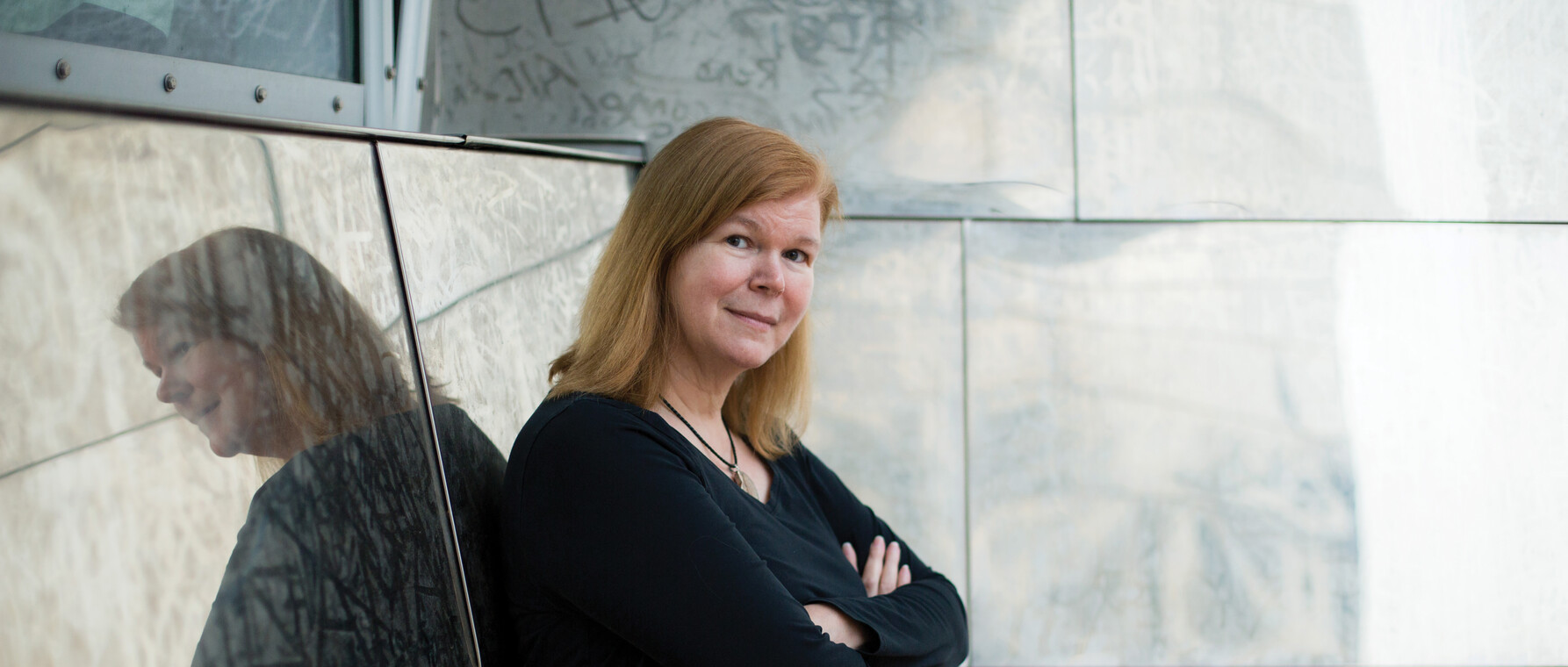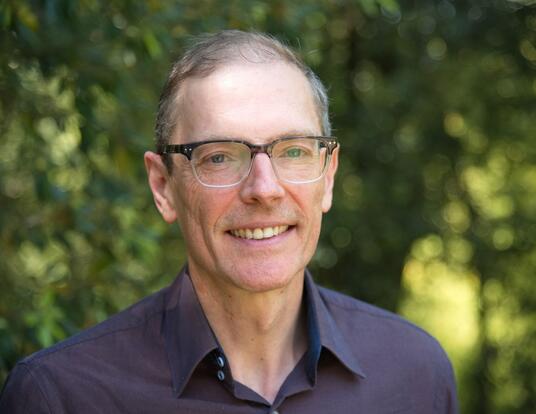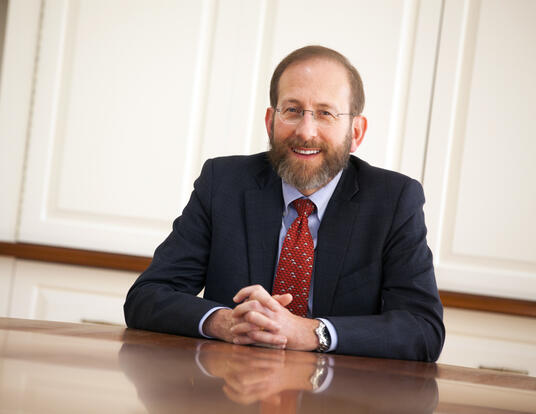Particle Personalities

Research at Risk: Since World War II, universities have worked with the federal government to create an innovation ecosystem that has yielded life-changing progress. Now much of that work may be halted as funding is withdrawn. Find out more about the threats to medical, engineering, and scientific research, as well as how Harvard is fighting to preserve this work—and the University's core values.
Janet Conrad, PhD ’93, considered studying the stars as a child, but eventually decided to investigate something continuously produced by them: neutrinos. Through her research, Conrad has overturned the standard model's assumptions about these tiny particles, in the process inspiring other women in the field.
Curriculum VitaeMassachusetts Institute of Technology Columbia University Swarthmore College Oxford University Harvard University |
When did you realize you wanted to pursue a career in physics?
I liked science as a child, and my father did a lot of science and engineer-related projects with me. He often looked at the sky, and I started out thinking that I wanted to study astronomy. When I arrived at Swarthmore College as an undergraduate, I discovered that astronomy meant going to places that are cold and dark and lonely. I wasn’t sure that was the right thing for me.
Clearly that didn’t stop you from pursuing a scientific career. What happened next?
I had the opportunity to work on the Harvard Cyclotron and became involved with the group testing a calorimeter, run by Professor Frank Pipkin. I was lucky to meet him, and he eventually became my PhD advisor. When the detector moved to Fermi Labs, I watched big particle experiments for the first time. It was so dramatic and large and wonderful. I felt like very interaction created a little universe in this giant detector. I really loved it. As a postdoc, I moved on to an experiment looking at the properties of neutrinos.
Why are neutrinos so important?
You know neutrinos are all around you, right? There are a million neutrinos in every liter of space. They are the most independent of all of the particles in the Standard Model in the sense that they go their own way and periodically will interact, but sometimes they don’t. I really like that aspect of them. I think they have great little personalities as particles.
Above all, I’m interested in talking to the world about neutrinos.
–Janet Conrad, PhD ’93
What do you mean by personalities?
It turns out that there are three “flavors” of neutrinos—electron, muon, and tau—that have an interesting ability to morph, which comes directly out of quantum mechanics. Quantum mechanics says that the type of neutrino you are working with will change with time, a process called neutrino oscillation. One of the analogies I like to use is to call the flavors chocolate, vanilla, and strawberry. If you produce a certain flavor of neutrino, say, chocolate, and send it downstream to a detector that can only taste strawberry, then you can track that change, that oscillation.
How has your research advanced the understanding of these particles?
According to the Standard Model, we believed that neutrinos traveled at the speed of light, which means that they can’t have any mass or tell time—something that Einstein talked about. But, as I said, neutrinos oscillate if they can alternate flavor, and that’s a way to measure time. If neutrinos can see time, if they oscillate, then they’re not going the speed of light and actually have mass. That was the big discovery of neutrino oscillations.
Is that oscillation consistent, like a clock?
Some experiments looking for this tick-tock behavior see it happening at a frequency that is much faster than what you would expect from the existing three flavors. The particles are doing something weird that is not in the Standard Model. This extra oscillation might indicate that there is an extra neutrino out there, waiting to be discovered.
When you began your career, it must have been very challenging to be a woman in the field. How has that changed?
The change has been slower than I would like, but it is definitely happening. When I compare myself with young women in the field now, I realize my experiences were very different from theirs. I love to give advice, so I focus on what’s happening now, rather than the past. I think that that’s the most important kind of advice for me to give people.
Do you consider mentoring women to be part of your work?
I do talk a lot to women, and that is the accident of my DNA—that I am a woman, so I can be a good role model. Today, I am going to the women in physics breakfast and out with the undergraduate women in physics for dinner, so I feel like it’s an outreach day. But that is not my everyday life. Above all, I’m interested in talking to the world about neutrinos. I love them! Regardless of whether you are a man or a woman, regardless of your background, I want to talk to you about them. They are my little friends.
Photos By Kayana Szymczak
Get the Latest Updates
Join Our Newsletter
Subscribe to Colloquy Podcast
Simplecast





